
 Instagram
Instagram
What's the meaning of 'abs' (abdominal muscles)?

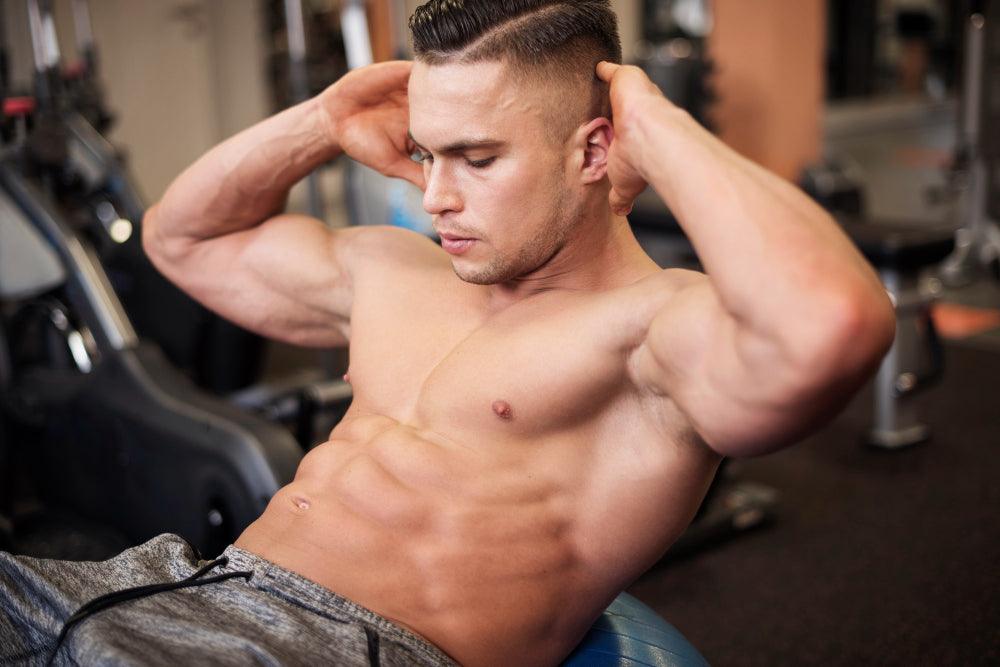
Related products
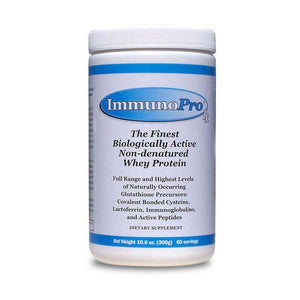
The abdominal muscles (abs) are the product of abdominal exercises aimed at reducing body fat.

Muscle mass forms more than half of total body weight. The majority of muscles in the body are skeletal muscles, which are attached to your bones. The abdominal muscles are the skeletal muscles that support the abdominal organs and are the most important target of body reshaping exercises. Strengthening these muscles not only enhances core stability and posture but also plays a critical role in improving sports performance. A strong core is essential for athletes, as it stabilises the body during various movements, optimises posture, and reduces the risk of injury.
What’s the Meaning of ‘Abs’ (Abdominal Muscles)?
Do you dream of a flat and muscular abdomen? To achieve that sought-after six-pack, it’s essential to understand the anatomy of your abdominal muscles (abs) and the science behind shaping them. The abdominal muscles form the attractive six-packs often associated with a toned and strong midsection. But which muscles make up your abs? How can you build them? Let’s delve into these topics.
Understanding Your Abs
It’s important to note that the abdomen isn’t made up of just one muscle. The abdominal area consists of at least four core muscles that contribute to both the functionality and appearance of your abs. These muscles work together to support internal organs and assist in various movements. Additionally, there are deeper abdominal muscles that play a vital role in your body’s overall strength and stability. The key muscles involved are:
External Oblique Muscles
These muscles form the outer layer of your abs and run diagonally downwards from the sides of your torso. They are paired on both the right and left sides, contributing to twisting movements and aiding in the rotation of your torso.
Internal Oblique Muscles
Located just beneath the external obliques, these muscles also run diagonally but in the opposite direction. Just like the external obliques, they are paired on each side and assist with rotation and lateral flexion.
Rectus Abdominis Muscle
This is the classic “six-pack” muscle that is typically the most visible and sought after. It runs vertically from the ribs down to the pelvis and helps you flex your torso forward. The structure of the rectus abdominis is what forms the well-known six-pack appearance when toned and low in fat.
Transversus Abdominis Muscle
The deepest of the abdominal muscles, the transversus abdominis wraps around the spine and provides crucial support for the trunk. It helps stabilize the body and maintain internal abdominal pressure. Along with the oblique muscles, it is part of the anterolateral abdominal wall, which plays a role in posture and overall core stability.
How to Build Strong Abs
Building strong, visible abs requires a combination of workouts, fat reduction, and muscle strengthening exercises. Here are some practical steps you can take:
1. Lower Trans Fats
Trans fats are a major enemy when working towards reducing visceral fat, the fat that sits around your internal organs. These fats are commonly found in processed foods and should be eliminated from your diet. Instead, opt for healthier fats like monounsaturated and polyunsaturated fats. Sources such as olive oil and almond oil can be beneficial for reducing belly fat.
2. Proper Workout Regimen
Exercise is crucial for building muscle and reducing fat. Aerobic exercises, such as running or cycling, are effective at reducing visceral fat, and they are key to shaping your abdominal muscles. High-intensity interval training (HIIT) is particularly effective as it promotes fat burning and boosts growth hormone production, which aids in fat mobilisation. To support muscle development, consider adding mass gainers to your nutrition plan. MyProtein offers excellent products that can help enhance muscle recovery, promote growth, and fuel your body during workouts, all contributing to the definition of your abs.
To ensure you avoid injury, especially to the abdominal muscles, it’s crucial to perform these exercises with proper guidance. Additionally, using targeted supplements can enhance your workout efficiency and help achieve your fitness goals. Consider products like Scitec Amino 5600 for muscle recovery, or Naughty Boy Summer Vibes Amino EAA for hydration and muscle endurance. These can support your body’s recovery and energy needs during rigorous workouts.
3. Include Core-Focused Exercises
Strengthening your abs requires exercises that specifically target the core. These exercises include crunches, leg raises, and planks. However, combining these with full-body movements such as squats and deadlifts can also promote overall muscle development, making your abs more prominent.
Building Strong Abs with the Right Supplements
To accelerate the process of building lean muscle and improving overall fitness, supplements can play an essential role. Supplements like creatine and muscle-building formulas are designed to help you push through workouts more effectively and recover faster, leading to visible results. If you’re serious about your abs, consider adding MyProtein Creatine Monohydrate to your routine, which aids in improving strength and endurance during workouts.
For those looking for an extra boost in their pre-workout routine, Myoblox BLO Muscle Pump Formula can enhance muscle pumps and vascularity, helping you feel more powerful during your ab-building exercises.
And to ensure you’re gaining lean muscle mass while working towards your six-pack, incorporating a mass gainer can be extremely helpful. Weider Mega Mass 4000 is a great option for increasing calorie intake and helping you bulk up, especially if you're looking to gain muscle mass overall.
Conclusion
The abdominal muscles play a crucial role in both the functionality and appearance of your body. They support your internal organs, help you perform everyday movements, and contribute to a toned, fit physique. By following a healthy diet, engaging in targeted exercise, and incorporating the right supplements, you can build strong, visible abs that will not only improve your appearance but also enhance your athletic performance.
For the best results, make sure to balance your diet and exercise routine while incorporating helpful supplements like Scitec Amino 5600. Building strong abs is a combination of science, effort, and the right resources.
If you're looking to optimise your training and performance, the Sports Hormone Test can provide key insights into how your body responds to exercise. This test helps identify potential hormone imbalances that could be affecting your progress. Learn more and take control of your fitness with Welzo.


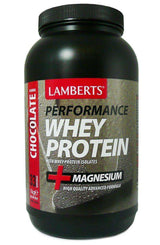
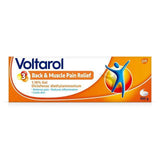

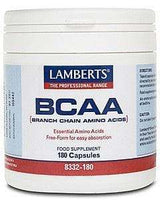
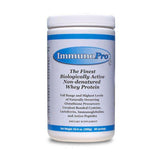


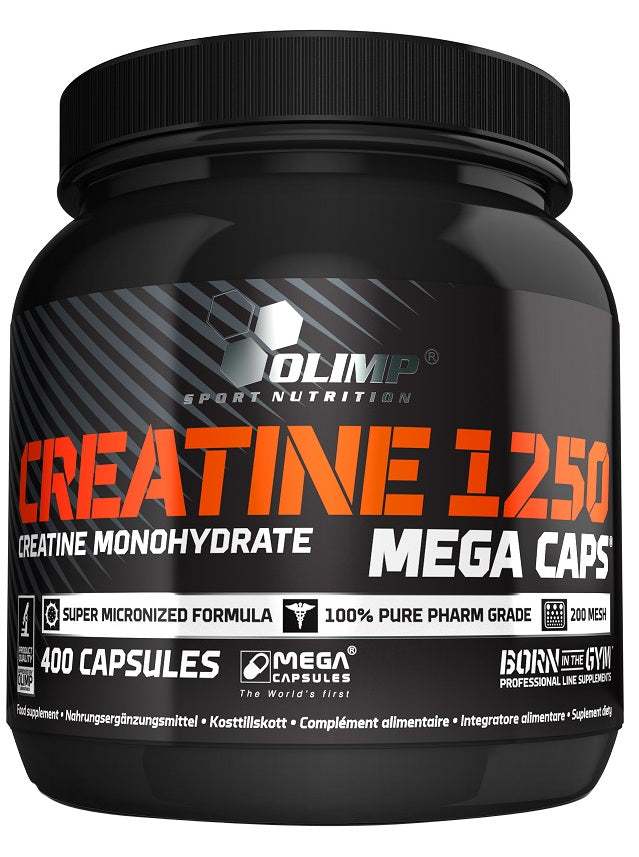
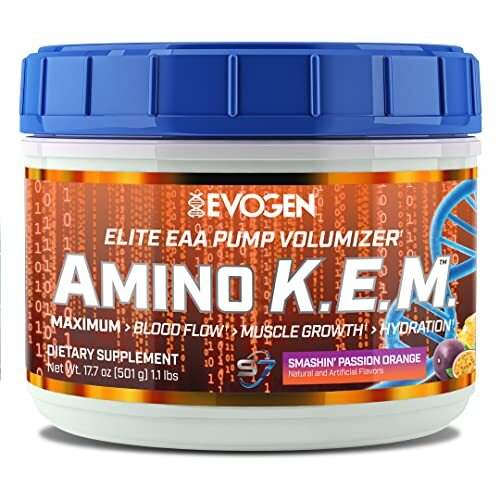
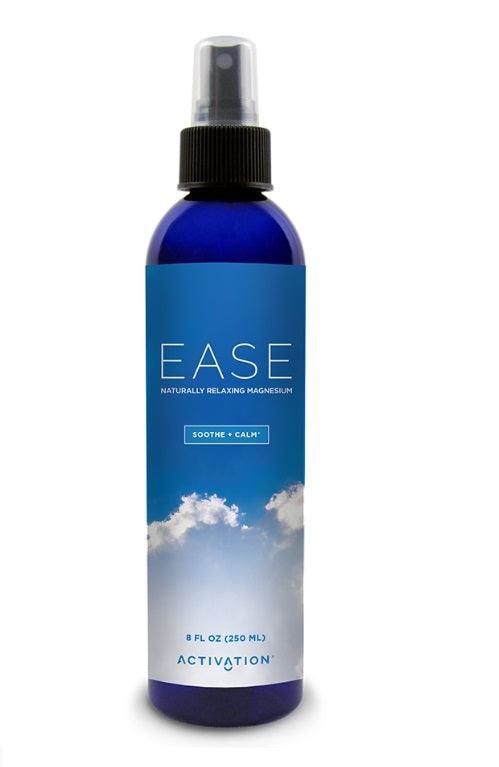
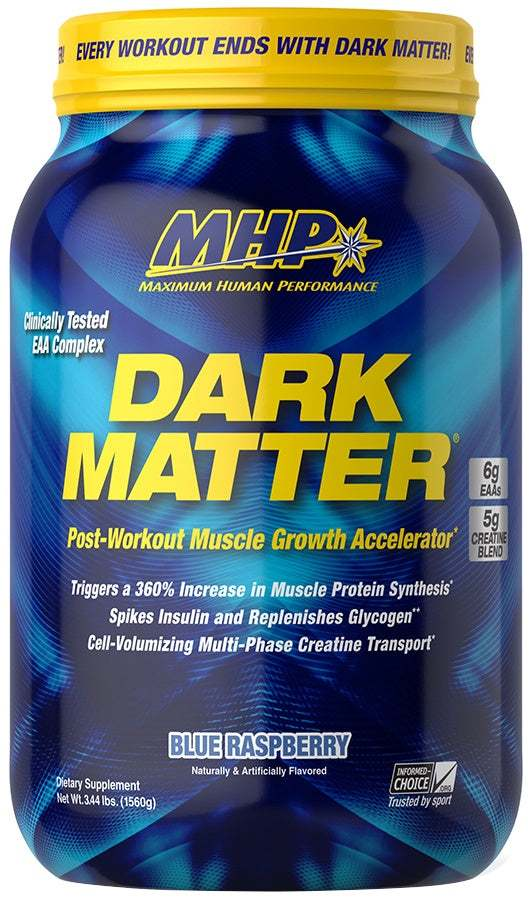
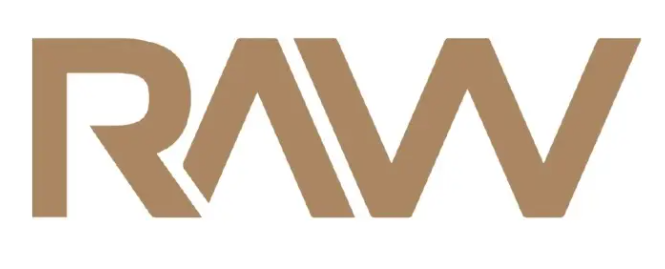





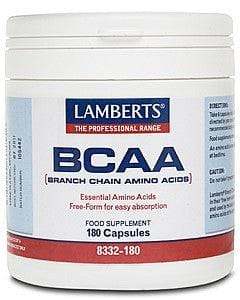


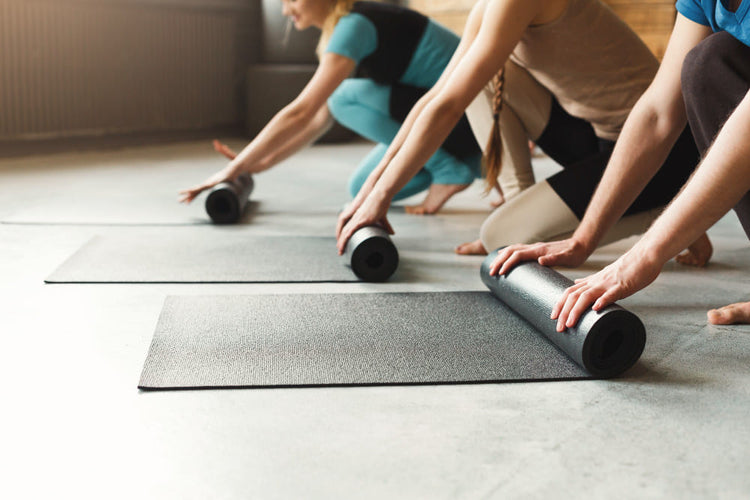
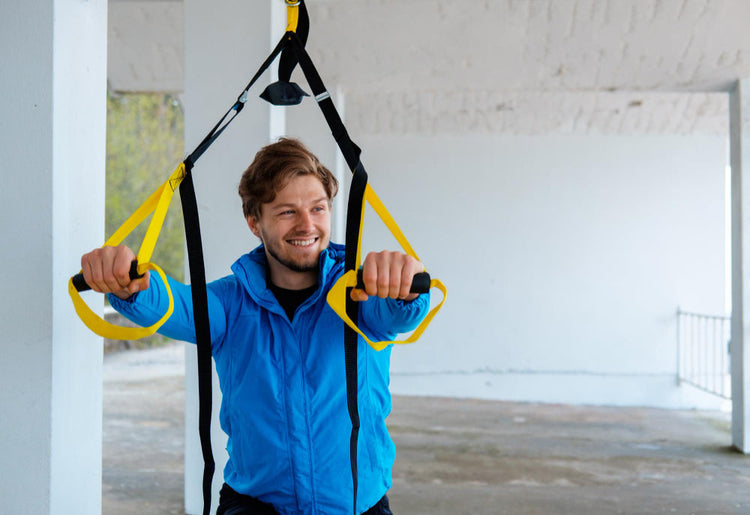
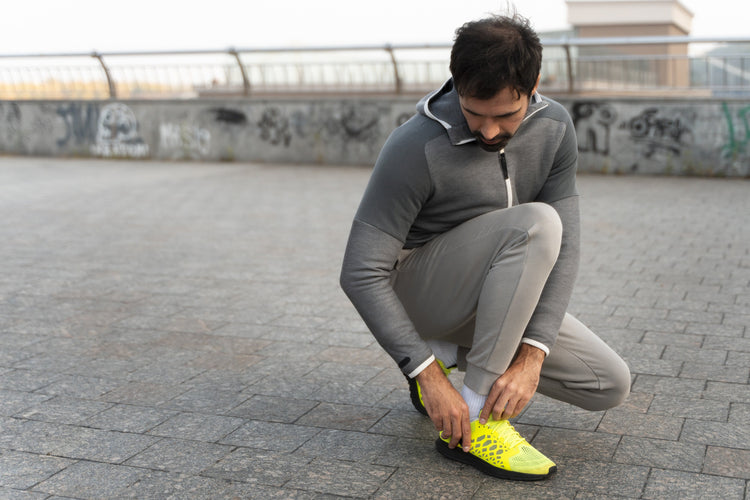


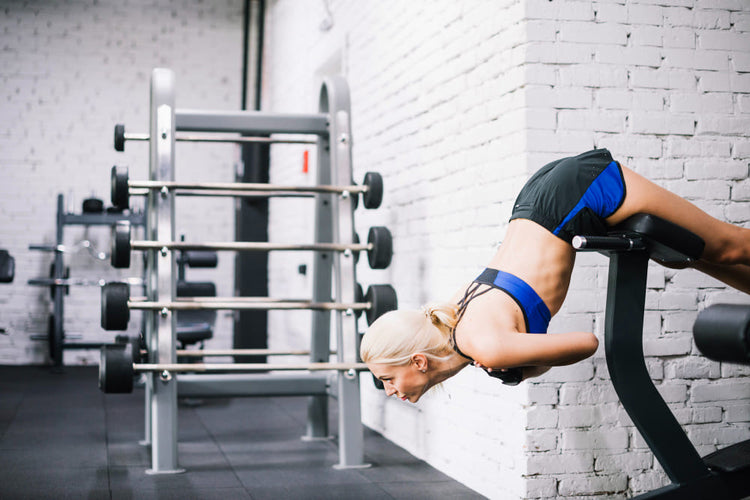



 Rated Excellent by 26,523+ Reviews
Rated Excellent by 26,523+ Reviews